The 10 biggest tech flops and failures of the last decade
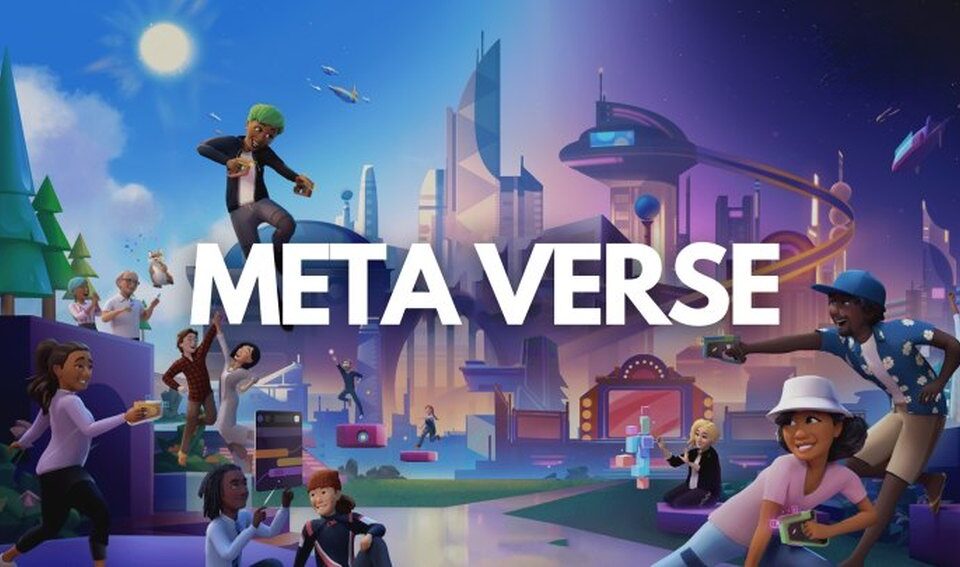
Unless you’ve been living under a rock, you’ve probably heard that artificial intelligence (AI) has become a major talking point—transforming everything from content creation to finance, and even robotics. Ever since OpenAI launched ChatGPT two years ago, it’s been hard to escape the buzz. Some are excited about AI’s potential, while others are skeptical, wondering if it will truly revolutionize industries or just become another overhyped trend.
We’ve been down this road before. Not every flashy new tech lives up to its promises. Remember the Metaverse and NFT? Despite sky-high expectations, they quickly faded into obscurity. The past decade has been full of ambitious projects that promised a lot but ultimately flopped.
Right now, we’re seeing AI ride that same wave of excitement. It’s got everyone talking about how it will transform the way we live and work, but it’s important to keep a clear head. Sure, the possibilities seem endless, but we’ve seen enough tech failures to know that even the brightest ideas can hit the skids.
So, how do we keep our balance in this whirlwind of AI hype? By taking a hard look at some of tech’s biggest flops over the past decade. They offer valuable lessons and a good reality check for anyone caught up in the AI frenzy.
Riding the Hype Cycle: Lessons from Tech’s Highs and Lows
As AI continues to reshape industries, it’s easy to get caught up in the excitement. But it’s just as important to remember those tech missteps that can teach us a lot for the future. If there’s one thing we’ve learned from tech over the years, it’s that hype can be both a blessing and a curse.The Gartner Hype Cycle is a useful way to understand the ups and downs of new technologies. Even as we explore what AI can do to solve big challenges, we need to stay grounded and remember that not every idea will succeed.
Gartner Hype Cycle is a framework that helps explain why some tech trends take off while others fizzle out. It maps the stages every new technology typically goes through—from that initial wave of excitement and sky-high expectations to the inevitable crash when reality sets in, and eventually, if it’s lucky, to steady growth and real-world use.

Gartner Hype Cycle (Credit F12.net)
This cycle also shows how technologies often shoot up to a “Peak of Inflated Expectations” before falling into a “Trough of Disillusionment.” Right now, AI may be the hot topic, but it’s still on that same rollercoaster ride, and it’s not immune to the bumps along the way.
Think of 3D TVs. At first, everyone was convinced they were going to change home entertainment forever. But soon, people realized the technology wasn’t all that great—who wants to wear clunky glasses for a slightly better picture? Sales tanked, and most manufacturers stopped making them by 2017.
On the flip side, some technologies do make a comeback. Virtual reality, for example, struggled for years due to high prices and limited content. But now, it’s finding new life in areas like healthcare, education, and even workplace training. It’s a good reminder that just because something stumbles out of the gate doesn’t mean it’s dead in the water. Sometimes, it just needs the right timing, the right application, or a bit of both.
So, what does this mean for AI? Well, as we watch the rapid rise of tools like ChatGPT and see companies everywhere scrambling to adopt AI, it’s easy to think this is a straight shot to the future. But we’ve seen enough tech bubbles to know that we need to keep our expectations grounded. AI could very well transform industries—but it could also face setbacks along the way.
In this article, we dive into the “10 Biggest Tech Flops and Failures of the Last Decade,” breaking down where things went wrong and the lessons we can learn from these setbacks. These stories offer more than just a glimpse into the risks of innovation—they provide a much-needed reality check amid today’s AI excitement. Let’s unpack these tech blunders and see what they can teach us as we navigate an AI-driven future.
Top 10 Technology Failures of All Time
Here are ten examples where even the biggest brands and boldest ideas didn’t quite go as planned:
1. Google Glass (2013–2015)
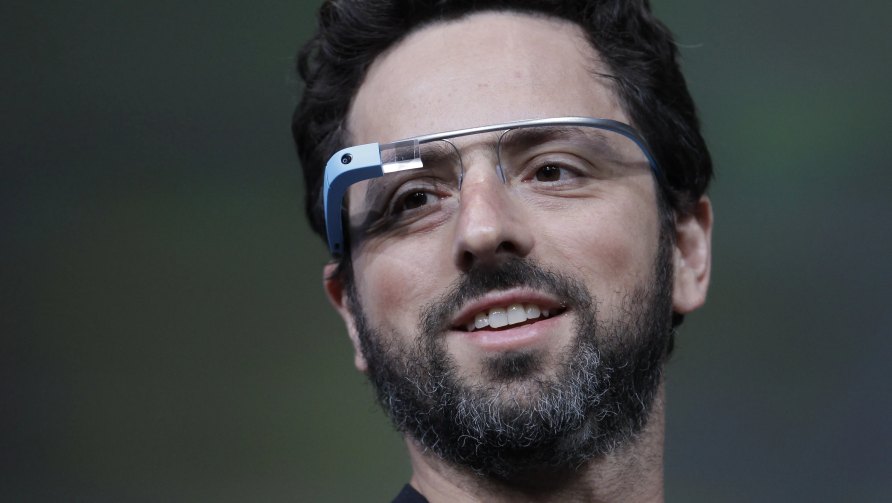
Google Glass
- What Happened: Launched in 2013 and pitched as the future of wearable tech, Google Glass was supposed to change the way we interacted with the digital world. Instead, it became a bit of a joke. Privacy concerns, a sky-high price, limited functionality—people just weren’t interested in wearing a computer on their face.
- Why It Failed: The world wasn’t ready, and neither was the product. Google Glass felt more like a prototype than a polished device. It eventually found a niche in industries like healthcare but as a consumer product. It’s long gone. Google spent about $400 million developing Glass before it finally gave up on the product.
2. Juicero (2016–2017)
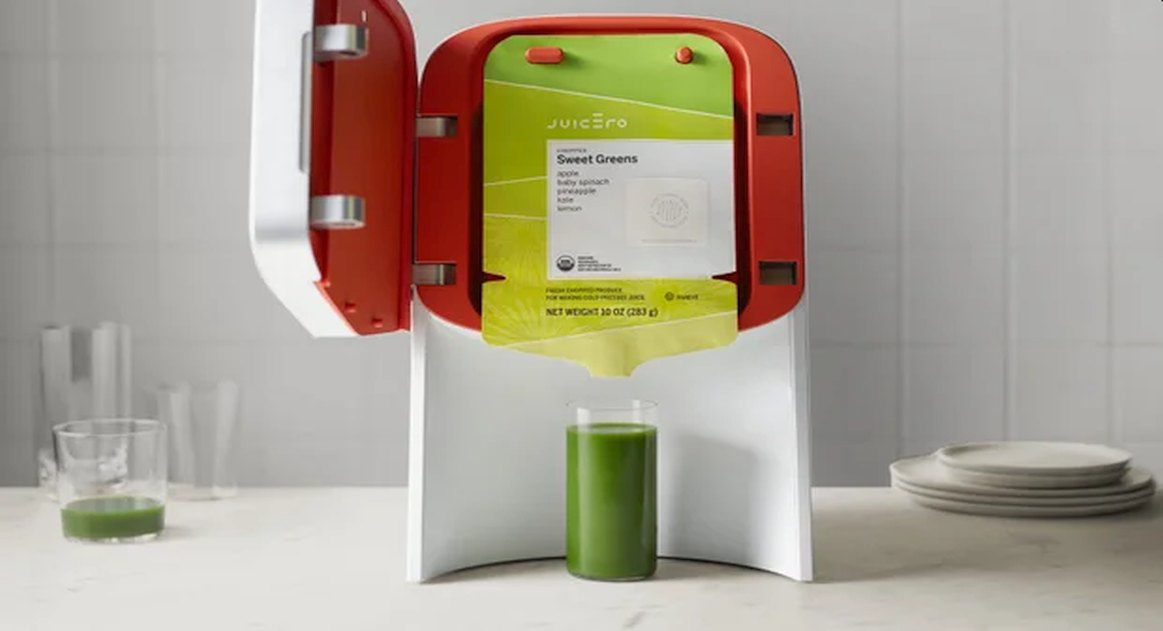
Juicero
- What Happened: A $700 juicer that only worked with its own branded juice packs. You might ask, “Why?”—and you’d be right. The startup raised over $120 million, only for people to discover they could squeeze the juice packs by hand. The internet had a field day.
- Why It Failed: Juicero became a symbol of Silicon Valley’s worst excesses—solving a problem that didn’t exist with a product nobody needed. It shut down in less than two years.
3. 3D Television (2010–2017)

- What Happened: Remember when TV manufacturers like Sony and Samsung were convinced we all wanted to watch TV in 3D? Neither do most people. In 2017, TechCrunch wrote a piece titled, “3D TVs are dead.” The idea fizzled out almost as fast as it started.
- Why It Failed: Special glasses, limited content, and a hefty price tag. Most viewers didn’t see enough of a benefit over regular HD, so they just didn’t bother. By 2017, most brands quietly shelved their 3D ambitions.
4. Hoverboards (2015)
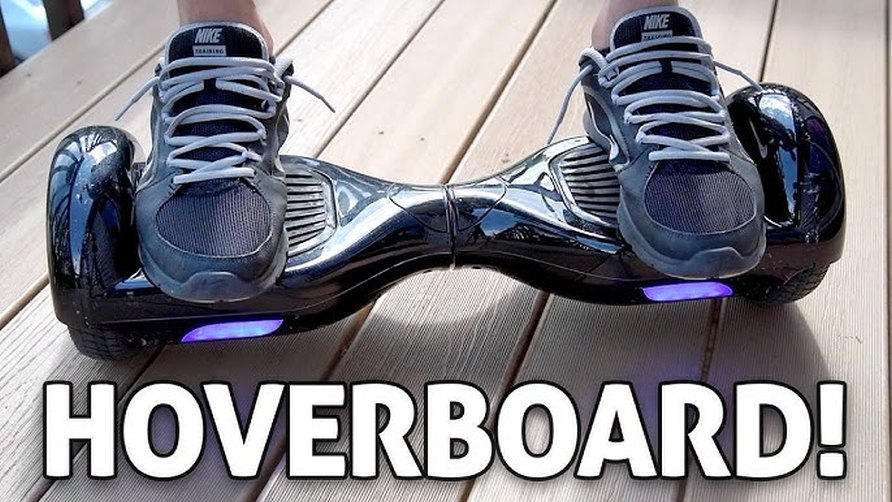
- What Happened: For a brief moment, two-wheeled hoverboards were everywhere—celebrity endorsements, viral videos, the works. And then they started catching fire. Literally.
- Why It Failed: Poor-quality batteries led to overheating and fires, while a lack of regulation meant safety standards were all over the place. What was once a holiday craze quickly became a safety hazard, and the fad fizzled out.
5. Theranos (2003–2018)

- What Happened: This one was less of a gadget and more of a scandal. We have covered Theranos since its early days when its founder, Elisabeth Holmes, defrauded investors out of more than $700 million. Theranos promised to revolutionize blood testing with just a few drops of blood. At its peak, it was valued at $9 billion before being exposed as a fraud.
- Why It Failed: Bold claims, but no real tech to back them up. The whole operation was built on secrecy, deception, and a technology that didn’t work. It all came crashing down under regulatory scrutiny and whistleblower reports.
6. Amazon Fire Phone (2014–2015)
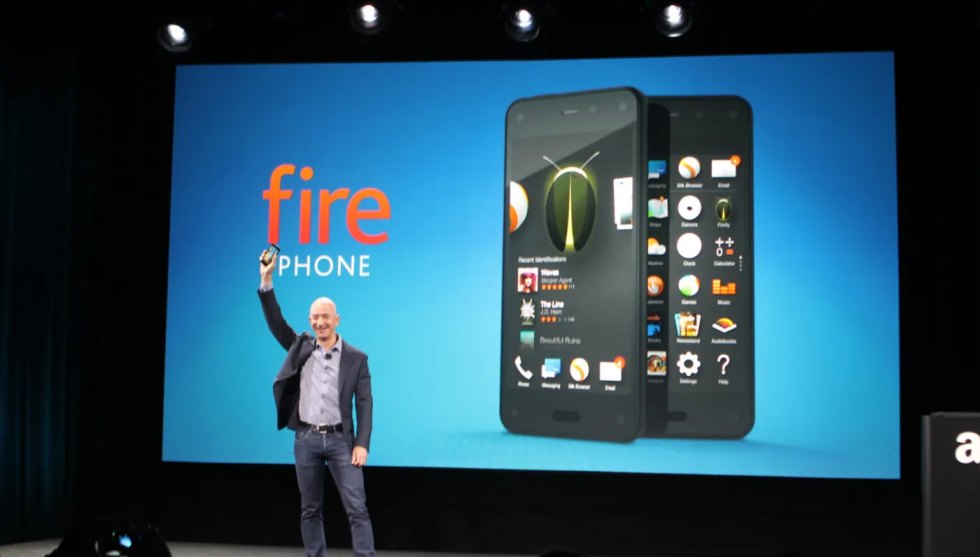
- What Happened: Amazon’s attempt to break into the smartphone market was a spectacular miss. Despite some unique features, like 3D display technology, it failed to make any dent.
- Why It Failed: Lacking key apps, overly tied to Amazon’s ecosystem, and priced too high, the Fire Phone offered little reason for consumers to switch. Amazon cut its losses within a year, taking a hefty $170 million hit.
7. Facebook’s Libra Cryptocurrency (2019–2022)
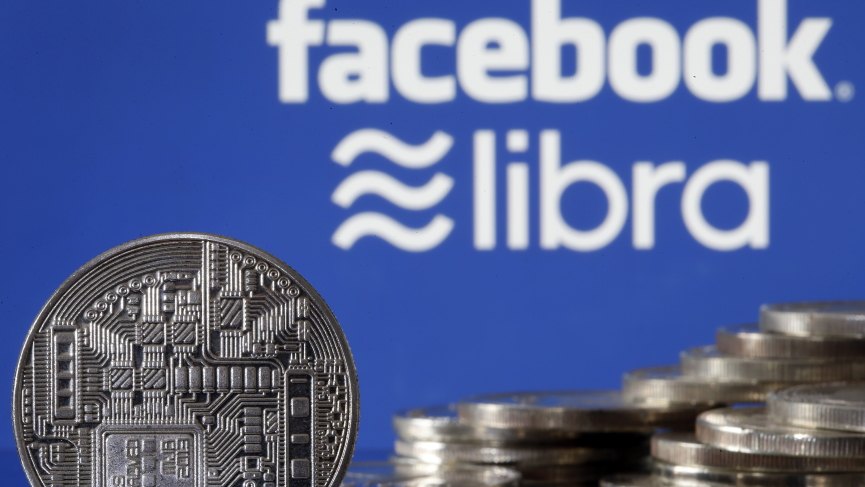
Facebook Lira
- What Happened: Facebook wanted to create a global digital currency, but regulators, governments, and financial institutions pushed back hard. In the end, they rebranded, scaled down, and eventually gave up.
- Why It Failed: Lack of trust, fierce regulatory scrutiny, and no real support from key financial players. Facebook never overcame the fears about data privacy and financial stability that its cryptocurrency ambitions raised.
8. Quibi (2020)
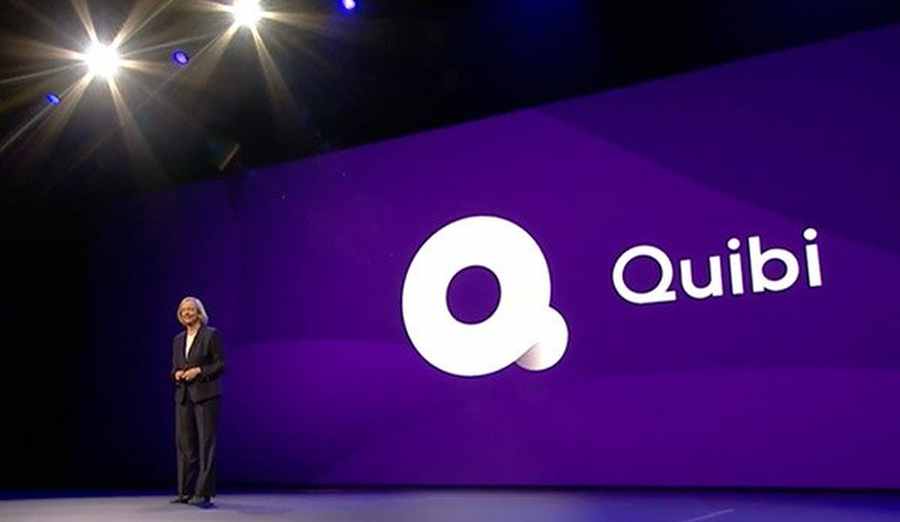
- What Happened: Launched with $1.75 billion and big Hollywood names, Quibi, the short video startup, aimed to revolutionize mobile video with short, premium content. But the timing couldn’t have been worse. Quibi shut down just six months after burning through $1.75 billion of investors’ cash.
- Why It Failed: Launched during the pandemic when people weren’t commuting (its primary target market), coupled with a confusing value proposition and stiff competition from existing platforms. Quibi shut down just six months in.
9. Segway (2001–2020)

Segway (Image Credit)
- What Happened: Touted as a futuristic mode of transportation, the Segway was supposed to change how we got around. Instead, it became known as a gadget for mall cops and tourists.
- Why It Failed: High cost, awkward design, and a niche market. While the Segway found some use in certain industries, it never lived up to its promise as a mainstream vehicle.
10. Metaverse (2021–2023)
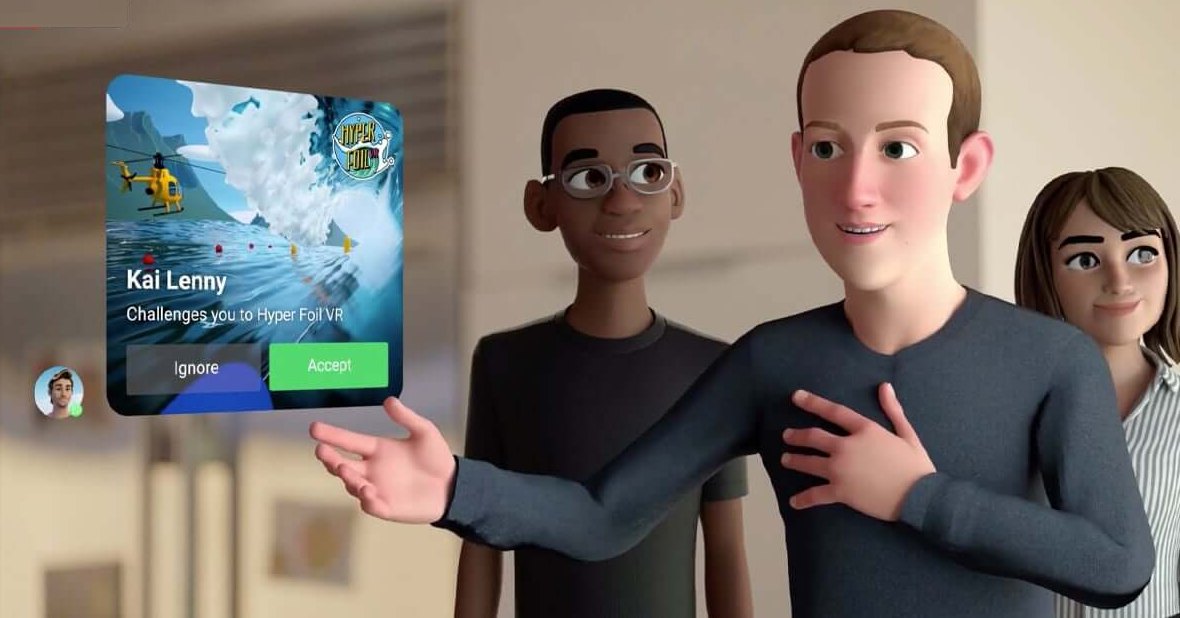
Metaverse World
- What Happened: Pitched as the future of the internet, the Metaverse was supposed to create a fully immersive digital world for socializing, working, and entertainment. Major tech giants like Meta (formerly Facebook) invested billions in developing this virtual space, but enthusiasm waned quickly. However, despite a massive loss of $13.7 billion in 2022 and a public shift to artificial intelligence, Meta founder and CEO Mark Zuckerberg said the social giant remains committed to the metaverse and isn’t giving up on the metaverse ambition anytime soon.
- Why It Failed: The Metaverse struggled with vague use cases, clunky hardware, and a lack of consumer interest. High costs and technical challenges compounded the problem, and users weren’t ready to spend significant time in a virtual world. Despite the hype, it never took off as intended and remains largely niche.
11. Cryptocurrency ICO Boom and Bust (2017–2018)
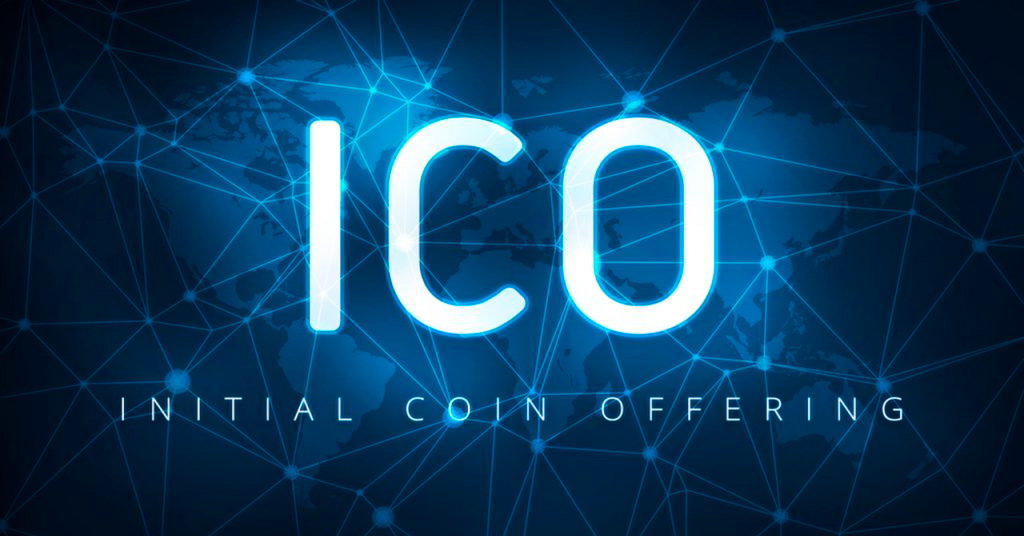
ICO
- What Happened: During the ICO craze, hundreds of new cryptocurrencies were launched, raising billions of dollars. Many turned out to be scams or simply couldn’t deliver on their promises.
- Why It Failed: Lack of regulation, overhyped promises, and too many bad actors. The market became highly volatile, and many investors were left empty-handed.
Hyperloop (2013–Present)
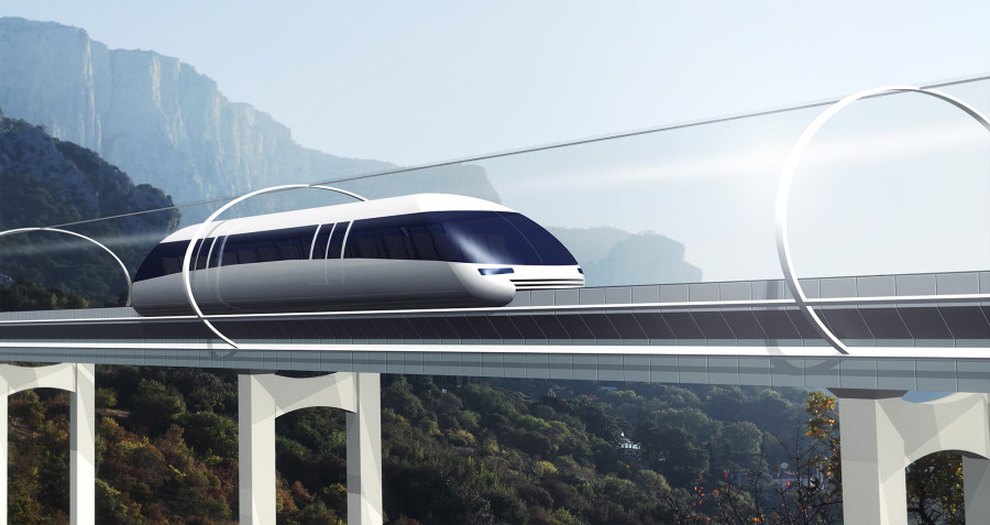
- What Happened: Billed as the future of ultra-fast transportation, Hyperloop aimed to transport passengers and cargo through vacuum tubes at speeds exceeding 600 miles per hour. Elon Musk proposed the concept in 2013, sparking a wave of enthusiasm and attracting significant investment from various companies eager to make it a reality. However, a decade later, there is still no commercially viable Hyperloop system.
- Why It Failed: Despite the initial excitement, Hyperloop has faced numerous challenges, including enormous infrastructure costs, safety concerns, regulatory hurdles, and technological limitations. Building the required vacuum tubes over long distances has proven to be a logistical nightmare, and the lack of clear business models or government backing has stalled progress. While a few test tracks exist, Hyperloop remains more of a futuristic idea than a practical reality.




